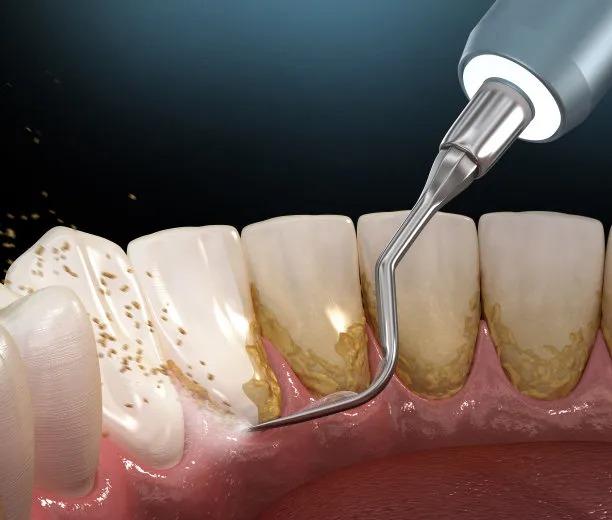Essential Safety Measures to Consider Before and After Your Dental Filling Appointment for Optimal Results
Summary: Visiting the dentist for a filling is crucial for maintaining optimal oral health, and taking essential safety measures before and after the appointment can significantly enhance the results. This article outlines four key areas to focus on: preparing for the appointment, understanding the filling procedure, post-appointment care, and recognizing potential complications. By following these guidelines, patients can experience a more effective and less stressful dental experience, ensuring that their fillings function well and contribute positively to their long-term dental health.
1. Preparing for the Appointment Effectively

Before heading to your dental filling appointment, adequate preparation is imperative. First and foremost, scheduling the appointment at a convenient time allows you to be relaxed and free from any rush. Stress can aggravate anxiety, making the dental visit seem more daunting.
Furthermore, reviewing your dental history is essential. Inform your dentist about any medications you are taking or previous experiences with anesthesia or dental procedures. This will help the dentist customize the approach according to your needs. Additionally, developing a list of questions or concerns beforehand can enhance your engagement during the appointment.
Lastly, it can be beneficial to arrange for a ride home after the appointment. Since some filling procedures may involve anesthesia or sedation, having someone available can make your recovery period more comfortable and ensure your safety as you navigate home.
2. Understanding the Filling Procedure Clearly
Knowing what to expect during the filling procedure can alleviate anxiety and make the experience smoother. The process generally begins with the dentist examining the tooth for decay and taking X-rays if necessary. Following this, they may apply a local anesthetic to numb the area around the affected tooth.
Once numb, the dentist will carefully remove the decayed portion of the tooth using specialized tools. Understanding this step can help patients mentally prepare for the sounds and sensations that accompany the drilling. Patients should know that this part may take a little time, as precision is crucial to ensure the health of the tooth.
After removing the decay, the dentist will clean the cavity and prepare it for filling. Depending on the type of filling material used鈥攁malgam, composite resin, or gold鈥攄ifferent steps will follow for sealing the tooth. Knowledge of this process can empower patients to ask informed questions about the materials used and why their dentist prefers a specific type.
3. Post-Appointment Care Instructions
Following the dental filling procedure, it is vital to adhere to specific aftercare instructions for optimal healing. Initially, avoiding any food or drink for at least two hours is recommended. This allows the filling to set properly without being disturbed, ensuring better longevity.
Additionally, practicing good oral hygiene becomes crucial after getting a filling. Patients should gently brush the filling area without applying excessive pressure to avoid discomfort or damaging the newly filled tooth. Flossing around the filled tooth should also be done carefully to prevent dislodging the filling.
Monitoring for any discomfort or sensitivity in the following days is essential. While some sensitivity is expected, any persistent or severe pain may require a follow-up with the dentist. Keeping track of these symptoms can help catch any potential issues early and ensure the fillings longevity.
4. Recognizing Potential Complications Early
Even after adhering to safety measures, complications can arise following a dental filling. Recognizing these signs early can prevent further dental issues. If you start experiencing heightened sensitivity to temperature or pressure that lasts beyond a few days, this could indicate that the filling is too high or that additional work is needed.
In some cases, patients may notice discoloration or feel rough edges around the filling. These symptoms could suggest that the filling materials are breaking down or shifting, and it is critical to consult your dentist promptly to address any concerns.
Moreover, if you experience swelling or signs of infection, such as pus or prolonged pain, it is vital to seek immediate attention from your dentist. Understanding these complications can empower you to take prompt action, ensuring better oral health outcomes.
Summary:
Ensuring optimal results from your dental filling appointment involves comprehensive preparation, understanding the procedure, adhering to aftercare, and recognizing potential complications. By being proactive in each of these areas, patients can enhance their dental experience and maintain good oral health for years to come.
This article is compiled by Vickong Dental and the content is for reference only.



